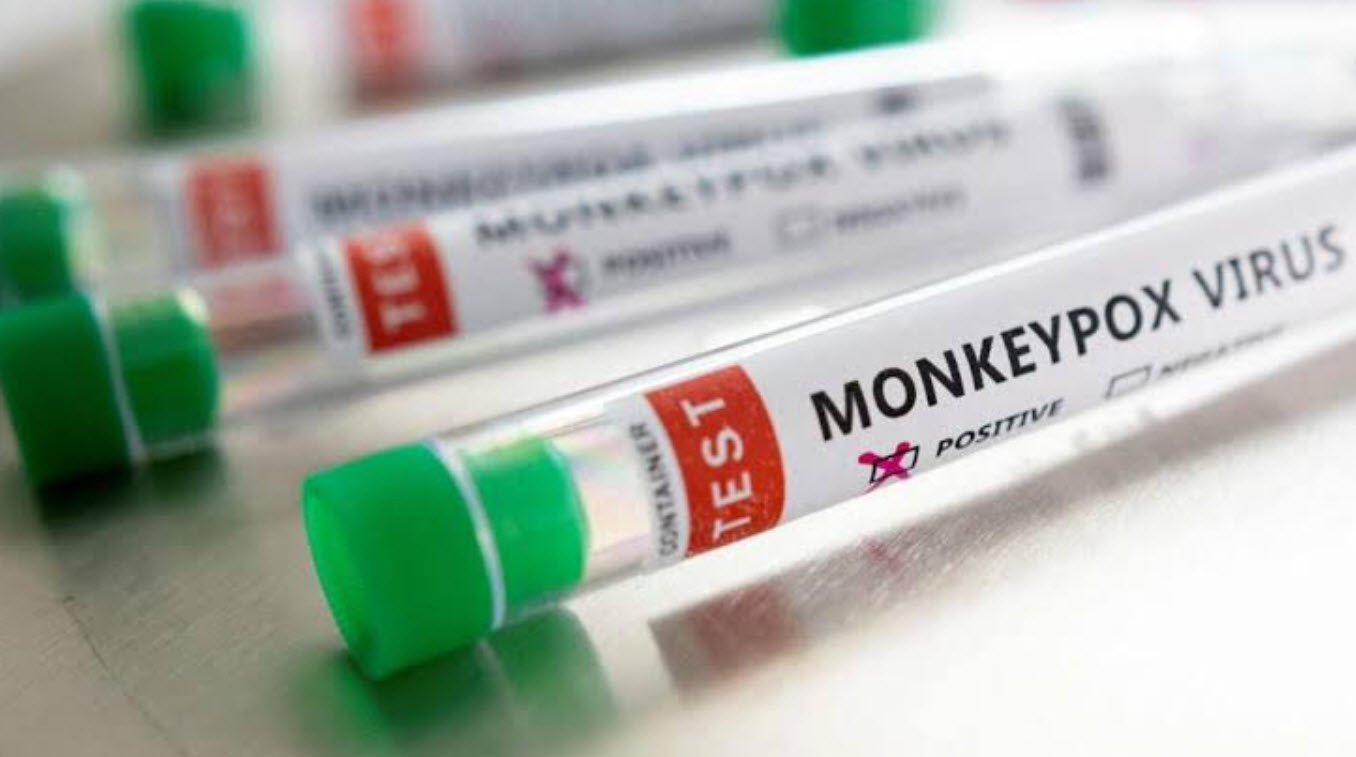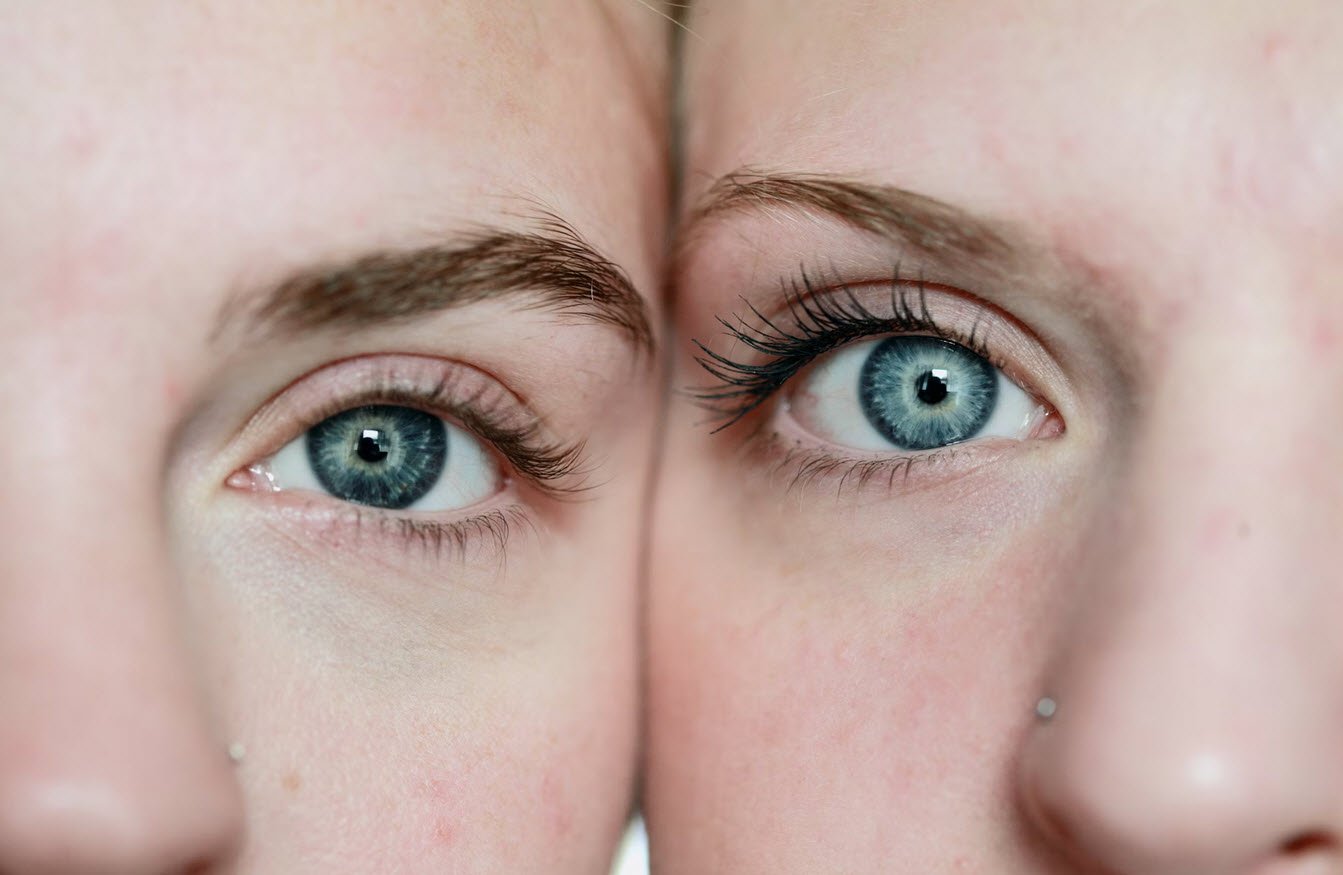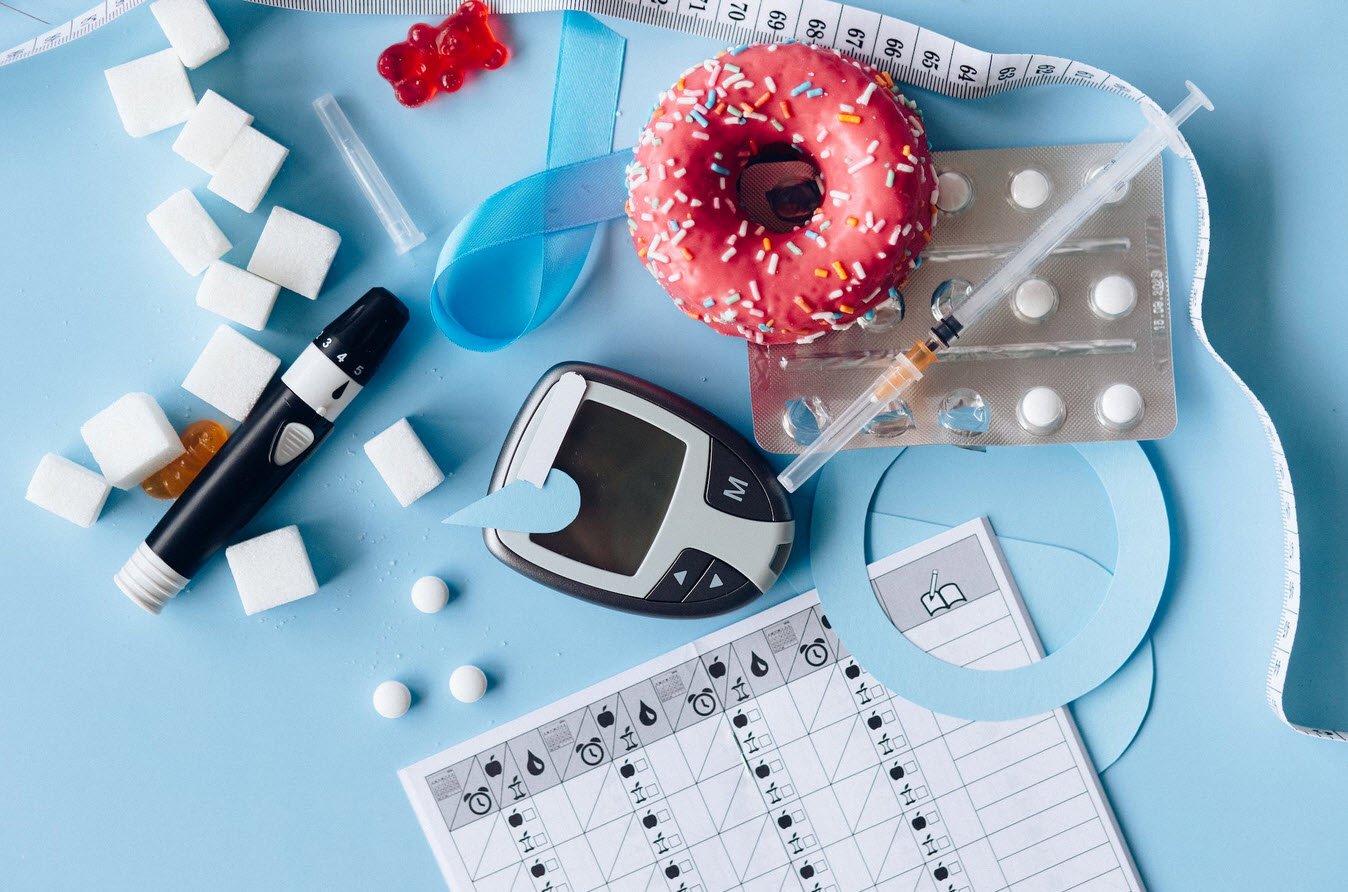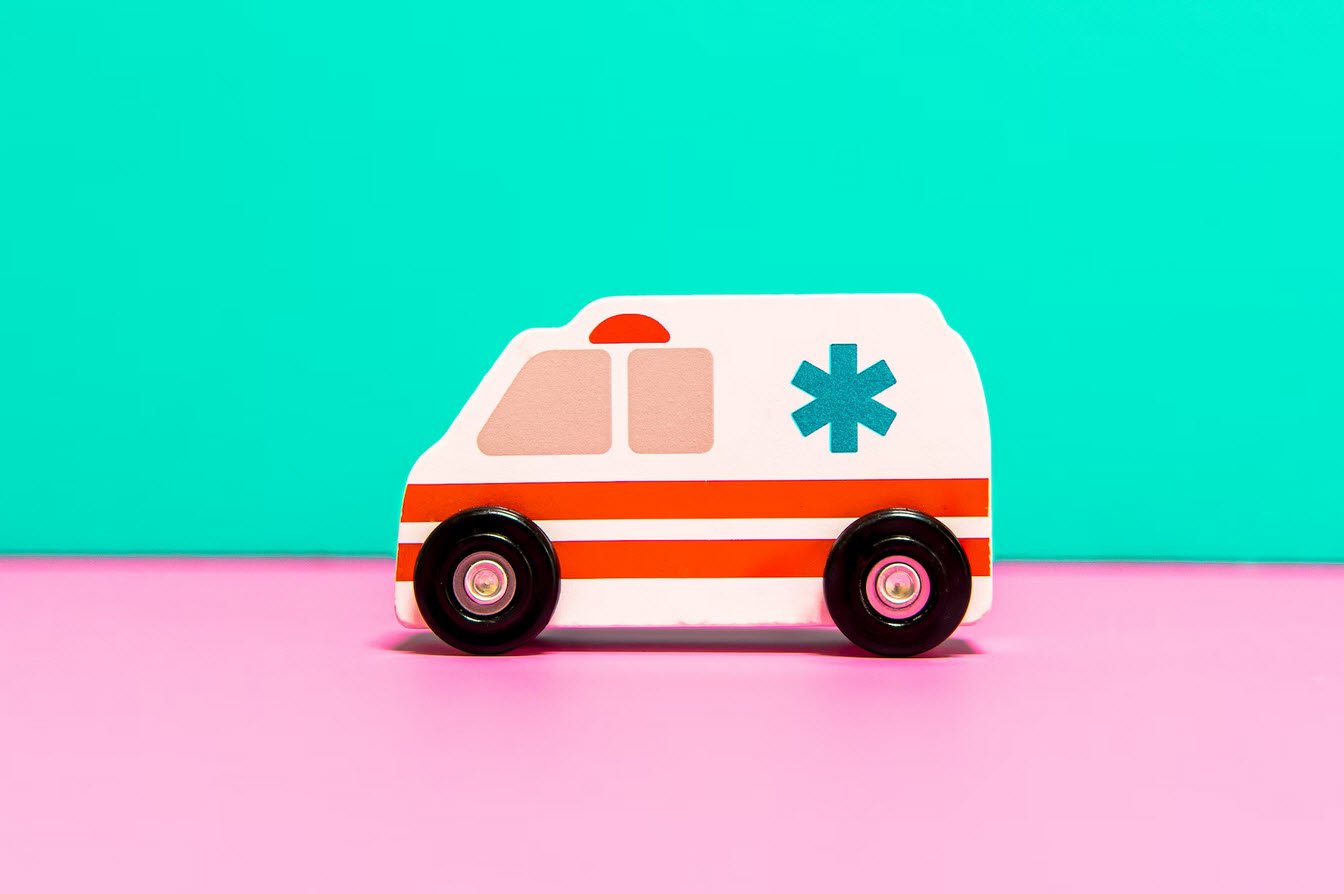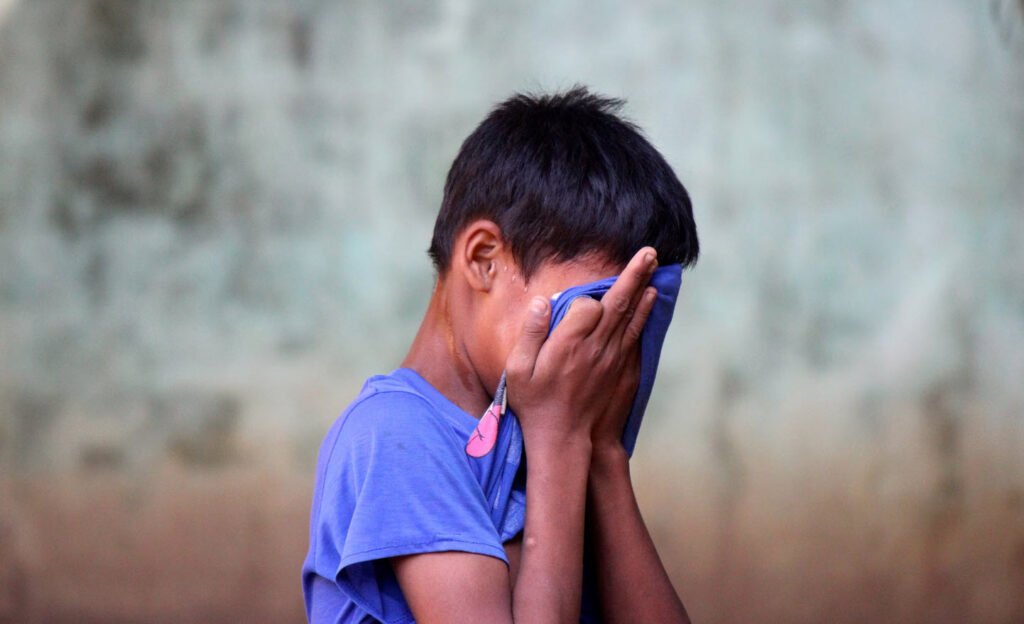
In recent years, scientists and doctors have begun to recognize the significant risk of depression in children and adolescents. Extensive research has demonstrated that childhood depression often persists, recurs, and continues into adulthood, particularly if left untreated. Moreover, the presence of depression in childhood is often an indicator of more severe mental health issues in adulthood.
Recognizing depression in children can be challenging, as their symptoms may manifest differently than in adults. A child experiencing depression may pretend to be sick, refuse to attend school, display clinginess towards a parent, or exhibit excessive worry about the loss of a parent.
Older children, on the other hand, may become sullen, engage in troublesome behavior at school, express negativity and irritability, and feel misunderstood. These signs can often be mistaken for normal mood swings typically associated with children navigating developmental stages, making it difficult to accurately diagnose depression in young individuals.
Before puberty, boys and girls are equally likely to develop depressive disorders. However, by the age of 15, girls are twice as likely as boys to have experienced a major depressive episode. Depression in adolescence coincides with a period of significant personal change. Adolescents are in the process of forming an identity distinct from their parents, grappling with gender-related issues and emerging sexuality, and making crucial decisions that shape their lives.
Depression during this developmental phase often co-occurs with other disorders such as anxiety, disruptive behavior, eating disorders, or substance abuse. It also increases the risk of suicidal thoughts and behaviors.
Researchers funded by the National Institute of Mental Health (NIMH) have conducted clinical trials to explore effective treatment options for adolescents with major depression. One study involving 439 participants found that a combination of medication and psychotherapy yielded the most favorable outcomes.
This comprehensive approach addresses both the biological and psychological aspects of depression. Furthermore, NIMH-funded researchers are actively working on developing and testing interventions to prevent suicide in children and adolescents. These initiatives focus on early diagnosis, timely intervention, and a deeper understanding of suicidal ideation.
Recognizing and addressing depression in children and adolescents is crucial for their long-term well-being. By identifying the signs and symptoms of depression at an early stage, healthcare professionals, parents, and educators can intervene and provide the necessary support.
It is essential to foster open communication and create a safe environment where young individuals feel comfortable expressing their emotions. Additionally, implementing effective treatment strategies that combine medication and psychotherapy can significantly improve outcomes for children and adolescents battling depression.
In conclusion, childhood and adolescent depression should be taken seriously. Early intervention, accurate diagnosis, and appropriate treatment are vital in preventing the long-term consequences of untreated depression. By raising awareness, promoting research, and providing comprehensive support, we can make a positive impact on the mental health and well-being of our younger generation.


